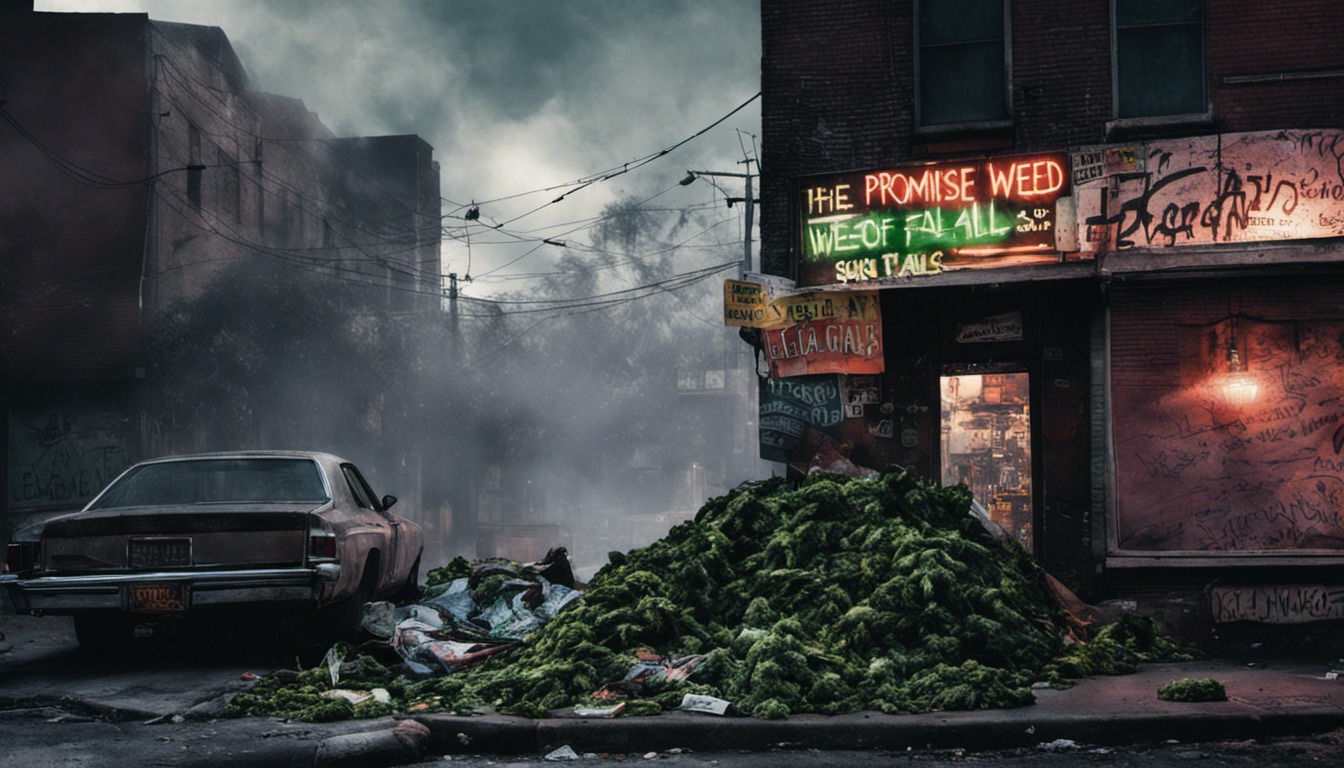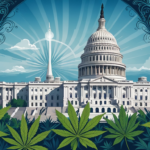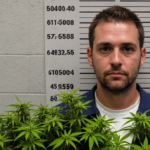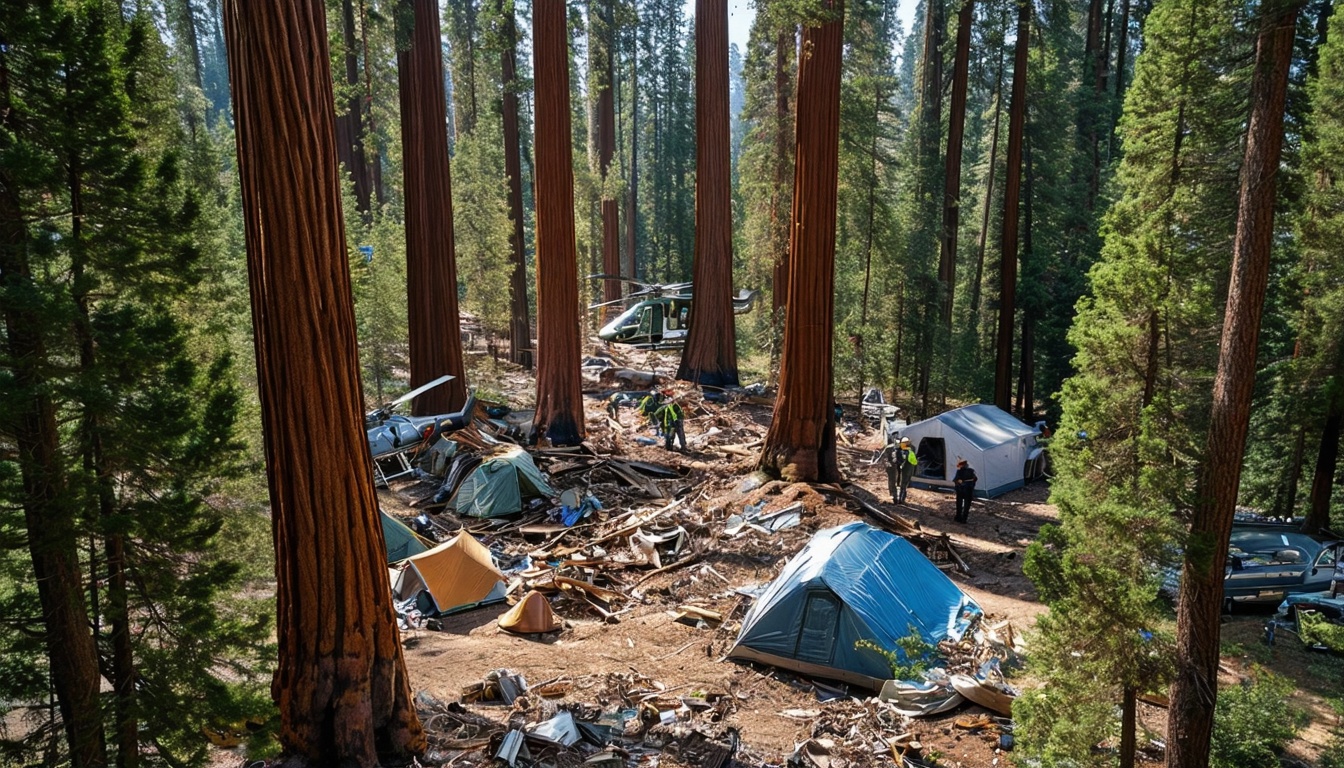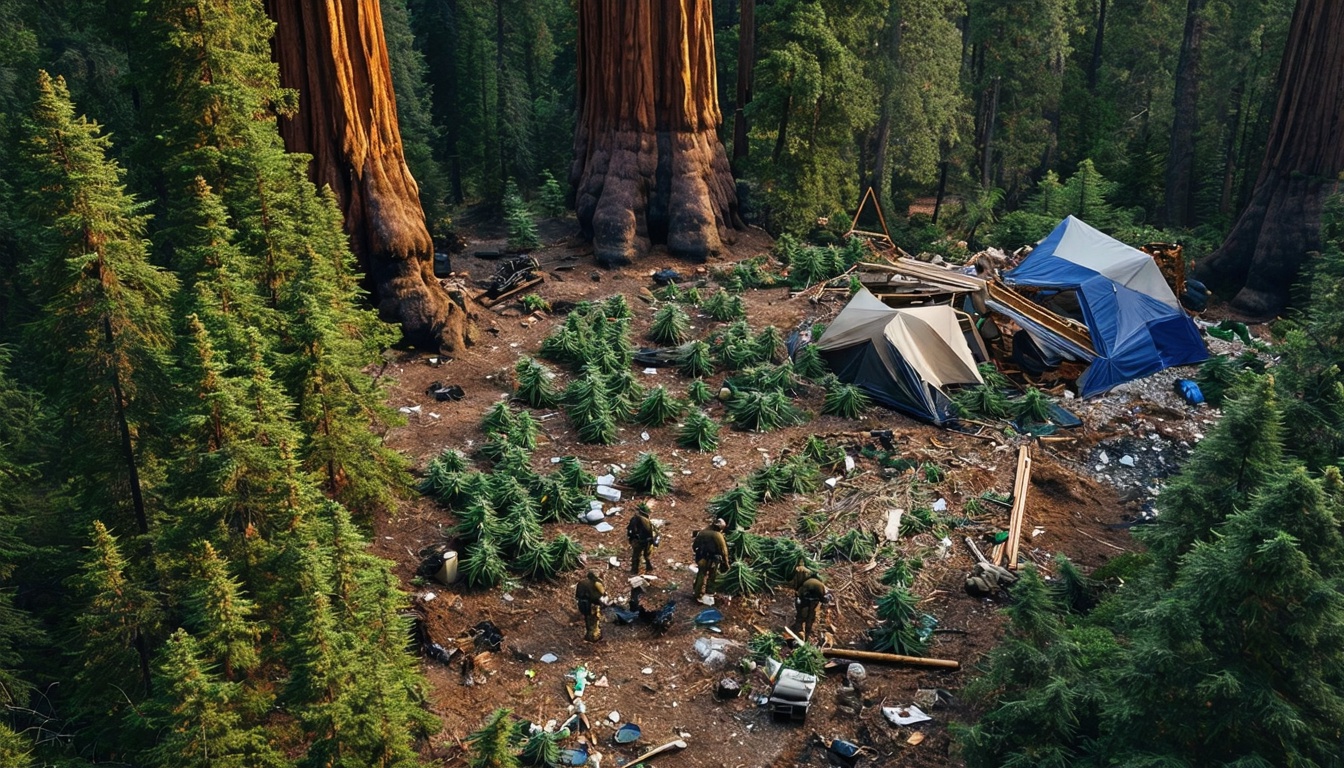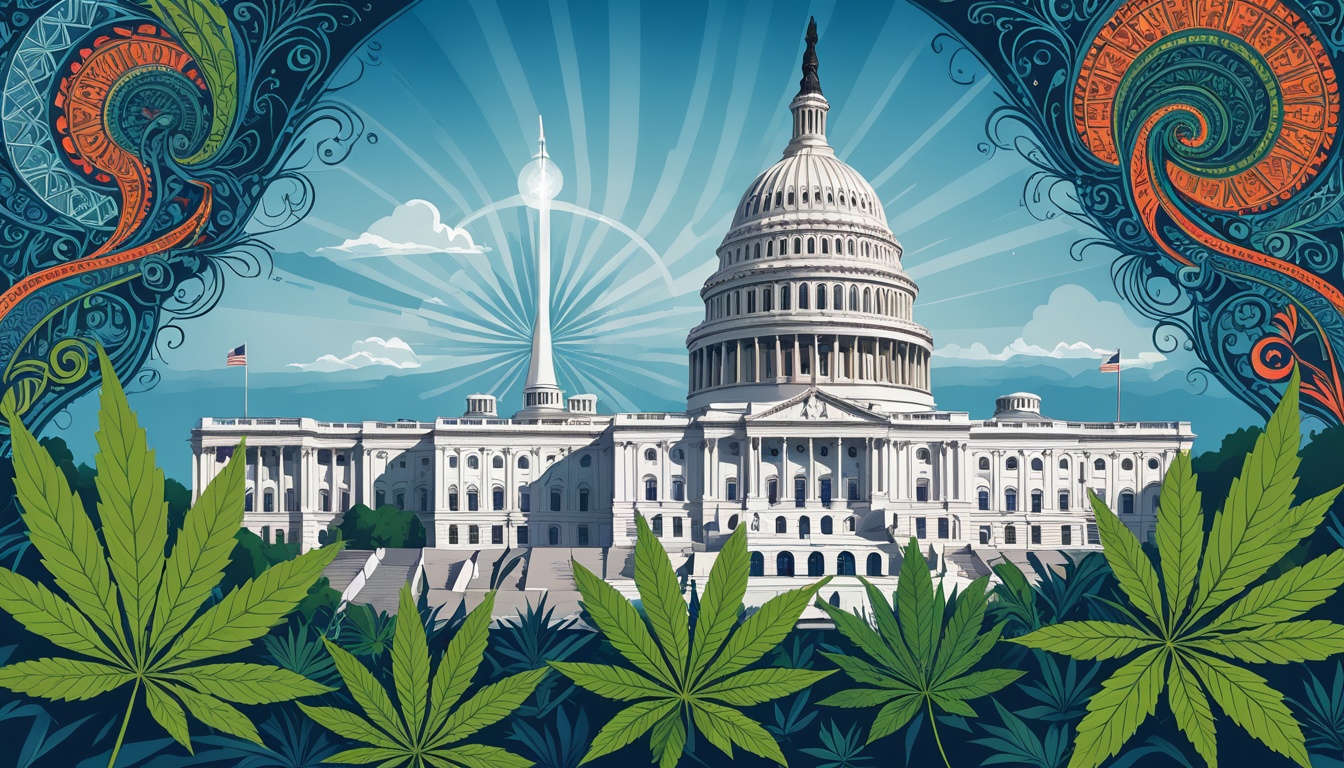The Promise of Legal Weed Falls Short
In 2012, Colorado and Washington state became the first to legalize the production and sale of cannabis for recreational use. Since then, 22 more states have followed suit. The move was seen as a long-overdue step towards a more enlightened approach to drug policy. Advocates claimed that legalization would bring numerous benefits, including safe and accurately labeled products, reduced opioid addiction, smaller prison populations, and a surge in tax revenue. However, these promises have largely been proven wrong.
Instead, the legalization of cannabis has led to a significant increase in consumption. In the 1990s and early 2000s, most users smoked cannabis occasionally or semi-regularly, often with friends on weekends. However, by 2022, the number of daily or near-daily users had grown sevenfold, with over 17 million Americans reporting daily use. This is a staggering increase, and one that has had a profound impact on the way cannabis is consumed. Today, over 40% of users take it daily or near-daily, and these users account for approximately 80% of all cannabis sold in the US.
The reality of legal weed is far from the rosy picture painted by advocates. The industry has failed to deliver on its promises of safe and accurately labeled products, and the surge in consumption has led to a range of social and health problems. As the US grapples with the consequences of its decision to legalize cannabis, it is clear that the promises made by advocates were overly optimistic, and that the industry needs to be held accountable for its failures.

